About CIWIL
Current Issues in Work-Integrated Learning (CIWIL) is a research and society forum relevant for academics, practitioners and decision-makers working on issues related to learning and skills development in education and working life. The aim of CIWIL is to encourage and contribute to innovative high-quality, theoretically sound, and evidence-based research focusing on the relationship between work and learning. The journal provides a unique arena for co-creating, enhancing and sharing current issues in work-integrated learning (WIL) and related topics. Learn more >>


